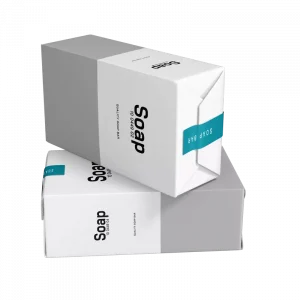In recent years, consumers and businesses alike have become increasingly aware of the environmental impact of packaging materials. This awareness has led to a growing demand for sustainable packaging solutions that minimize waste and reduce carbon footprints. Cardboard material packaging has gained significant popularity due to its recyclability, renewable sourcing, and minimal ecological footprint.
Cardboard material packaging is made from paper pulp derived from wood fibers. It is composed of multiple layers of corrugated cardboard, which provide strength, durability, and protection to the packaged items. The two main types of cardboard used in packaging are corrugated cardboard and paperboard. Corrugated cardboard is known for its excellent cushioning properties, making it ideal for shipping fragile items, while paperboard is commonly used for packaging lightweight products.
Cardboard material packaging offers numerous benefits to businesses and consumers alike. Some of the key advantages include:
Cardboard material packaging finds applications across various industries and sectors. Some common applications include:
Cardboard material packaging has a significantly lower environmental impact compared to non-recyclable materials like plastic or Styrofoam. Cardboard can be recycled multiple times without losing its integrity, reducing the need for virgin materials and conserving energy. Additionally, the production of cardboard packaging generates fewer greenhouse gas emissions compared to other packaging materials, contributing to a greener and more sustainable future.
The cardboard packaging industry is constantly evolving, driven by innovative technologies and design advancements. Some notable innovations include:
When designing cardboard packaging, several factors should be considered to ensure functionality, aesthetics, and sustainability:
To maximize the benefits of cardboard packaging, businesses should follow these best practices:
When it comes to packaging solutions, Instant Custom Packaging (ICP) stands out as the ideal choice. With a focus on quality craftsmanship, extensive customization options, industry expertise, fast turnaround times, sustainable practices, exceptional customer service, and competitive pricing, ICP delivers excellence in packaging solutions. Choose ICP and experience the difference in packaging your products with care and creativity.
Our standard turnaround time is 10-12 Business days after the confirmation of order, for the product to be delivered at your doorstep whereas the expedited turnaround time is 6-8 Business Days.
If you are facing a problem in getting the exact size for your box, you can share the dimensions of your products (L X W X H) and we will help you decide the box size. Generally the dimensions are:
Length: Left to Right
Width: Front to Back
Height: Top to Bottom.
We offer different add-ons for custom boxes which include Spot UV, Foiling, Window Die-Cut, Embossing, Debossing and many others.
We have a lot of options for all our clients, however to make sure it's easy to select, we have sorted them in categories with respect to material, style and industry. If you are still having second thoughts, give us a call or drop us an email and we will suggest the best fit for your product.
